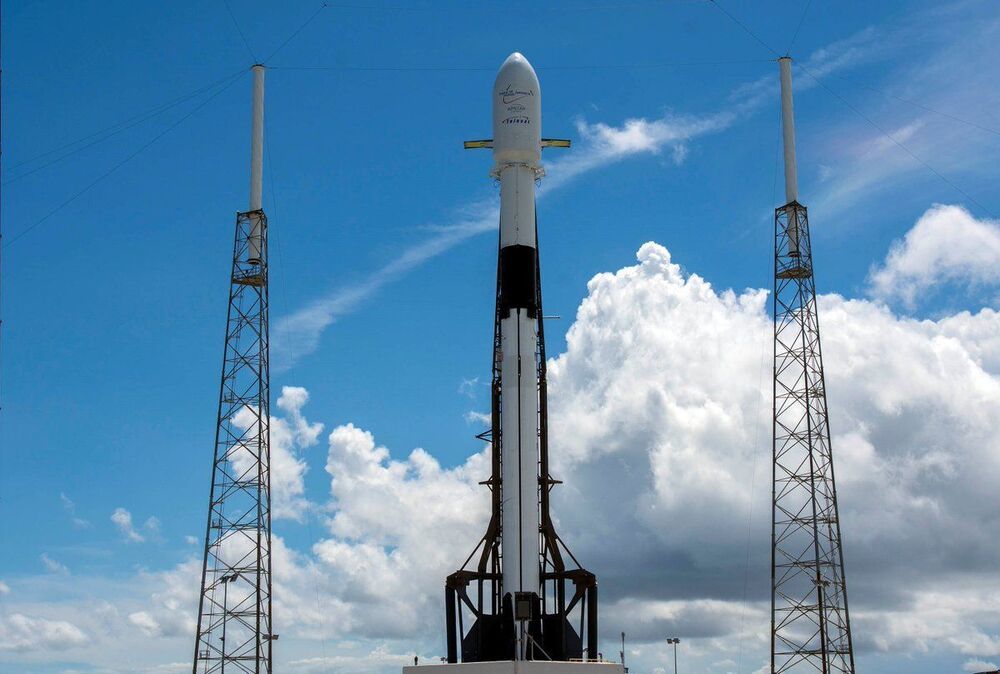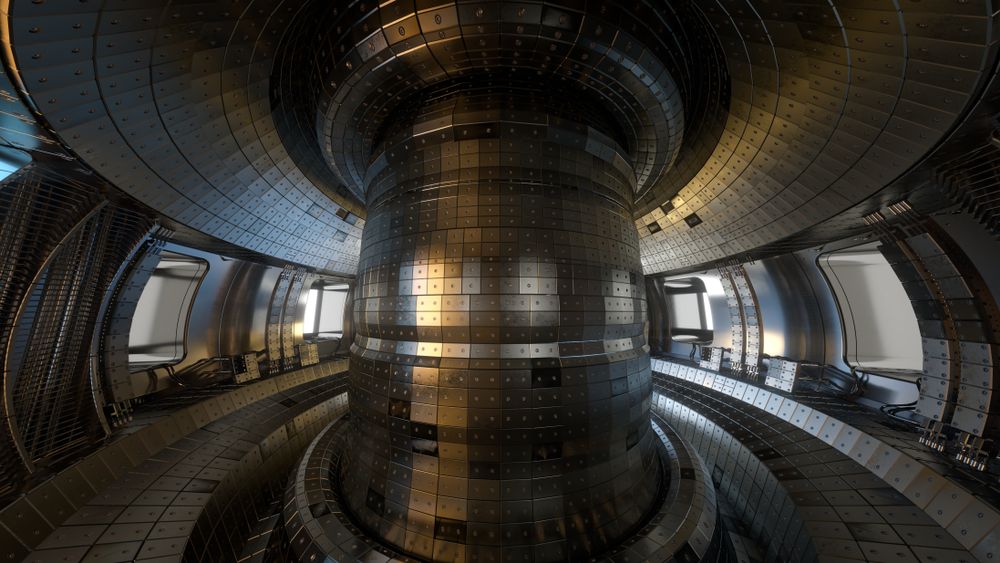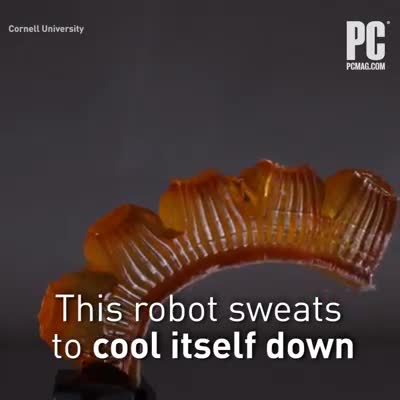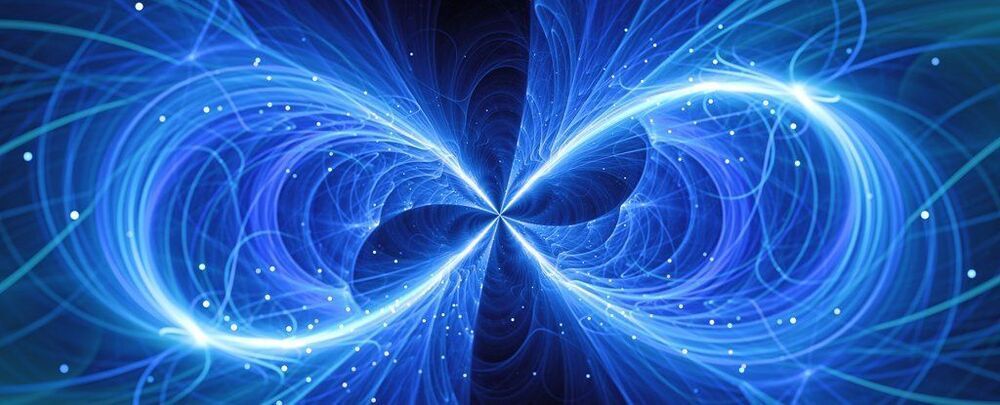Liftoff is at 8:37 p.m. EST (0137 March 1 GMT).
SpaceX will launch its next batch of Starlink satellites on Sunday (Feb. 28) and you can watch it live online.



Energy researchers have been reaching for the stars for decades in their attempt to artificially recreate a stable fusion energy reactor. If successful, such a reactor would revolutionize the world’s energy supply overnight, providing low-radioactivity, zero-carbon, high-yield power – but to date, it has proved extraordinarily challenging to stabilize. Now, scientists are leveraging supercomputing power from two national labs to help fine-tune elements of fusion reactor designs for test runs.
In experimental fusion reactors, magnetic, donut-shaped devices called “tokamaks” are used to keep the plasma contained: in a sort of high-stakes game of Operation, if the plasma touches the sides of the reactor, the reaction falters and the reactor itself could be severely damaged. Meanwhile, a divertor funnels excess heat from the vacuum.
In France, scientists are building the world’s largest fusion reactor: a 500-megawatt experiment called ITER that is scheduled to begin trial operation in 2025. The researchers here were interested in estimating ITER’s heat-load width: that is, the area along the divertor that can withstand extraordinarily hot particles repeatedly bombarding it.





